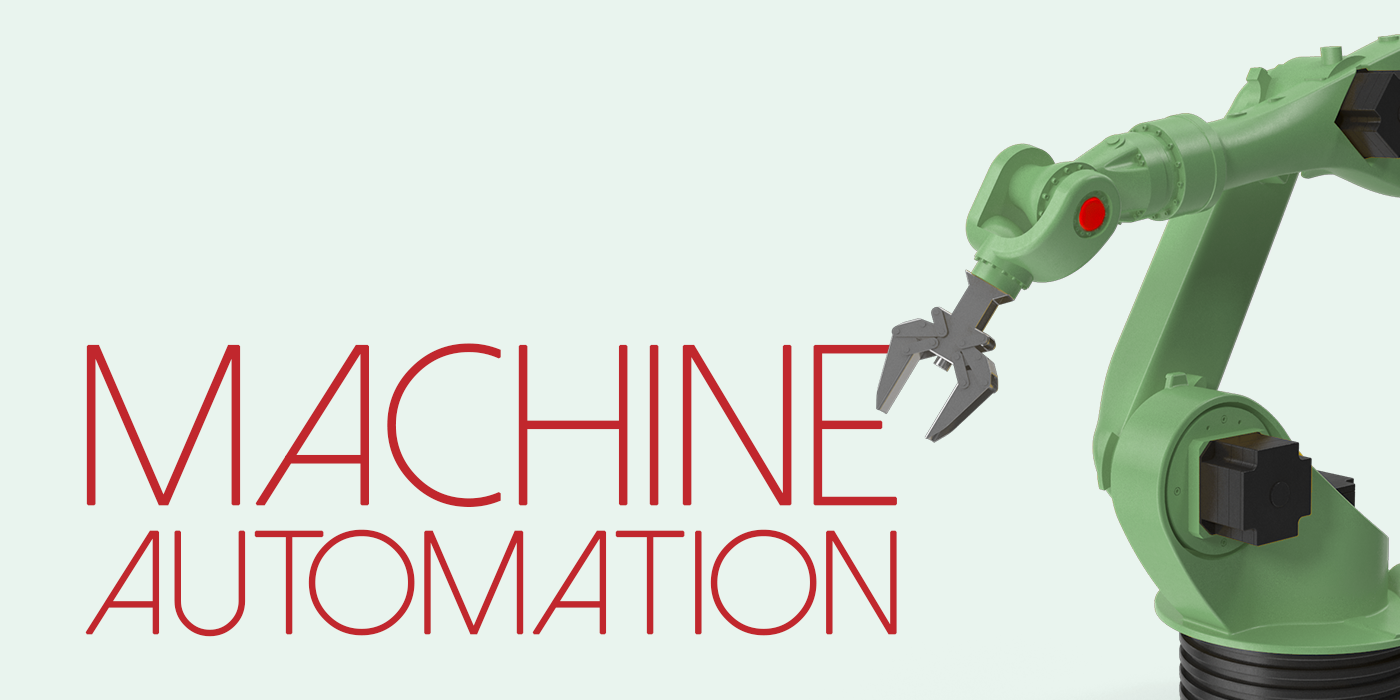
The historical trajectory of machine automation:
The Dawn of Industrialization: Machine automation’s origins can be traced back to the First Industrial Revolution in the late 18th century. The introduction of mechanized looms, steam engines, and other early machinery paved the way for the first glimpse of automation. These machines, albeit rudimentary, marked a significant departure from traditional manual labor.
The Age of Electricity: With the Second Industrial Revolution in the late 19th and early 20th centuries, electricity emerged as the dominant force. The assembly line, pioneered by Henry Ford, epitomized this era. Electrification not only increased production speeds but also brought about standardization, a hallmark of automation.
The Advent of Electronics and IT: The mid-20th century heralded the Third Industrial Revolution. With the introduction of transistors, microprocessors, and early computers, industries began to see the potential of digital technology. Programmable logic controllers (PLCs), which came into being during this era, revolutionized manufacturing processes. Automation was no longer confined to mechanical tasks; it had ventured into the realm of information and control.
Towards a Connected World: The late 20th and early 21st centuries have been characterized by unprecedented connectivity. The rise of the Internet of Things (IoT) and the proliferation of sensors means that machines are not just connected to a central system but also to each other. This era, often termed Industry 4.0, represents the convergence of the physical and digital worlds.
Today’s landscape: The three pillars of automation
Machine Level Automation: This is the foundation of automation, referring to the automation of individual machines or equipment. This requires designing and implementing custom control systems, integrating sensors and actuators, and programming of PLCs (Programmable Logic Controllers) to control the machines to control the machines.
SCADA (Supervisory Control and Data Acquisition) Level Automation: Building upon the foundation of machine automation, this involves the monitoring and control of multiple machines or processes from a centralized location. SCADA systems provide real-time data (collection) and enable operators to control and adjust processes remotely.
MES (Manufacturing Execution Systems) Level Automation: This is the highest level of automation, involving the integration of data from machines, SCADA systems, and other sources to provide a comprehensive view of production operations. MES systems offer advanced analytics and reporting, as well as the ability to optimize production schedules and enhance overall efficiency.
The future: Navigating tomorrow’s automation landscape
The rapid pace of technological advancement suggests that the future of machine automation is bound to be even more integrated and intelligent. We can anticipate:
- Advanced AI and Machine Learning Integration: Machine learning and AI will play pivotal roles in predictive maintenance, real-time decision-making, and optimizing production processes.
- Human-Machine Collaboration: Cobots, or collaborative robots, will work alongside humans, enhancing safety and efficiency.
- Customizable Automation Solutions: As industries evolve, there will be a rising demand for bespoke automation solutions that cater to specific operational needs.
- Sustainable Automation: With global emphasis on sustainability, future automation solutions will prioritize energy efficiency and waste reduction.
Conclusion
The journey of machine automation from its rudimentary origins to today’s sophisticated systems underscores the transformative power of technology. As we stand on the cusp of another revolution, it’s essential for industries to embrace change, continually innovate, and most importantly, recognize the symbiotic relationship between humans and machines. At T60, we’re not just observing these changes; we’re actively shaping the future of automation.

